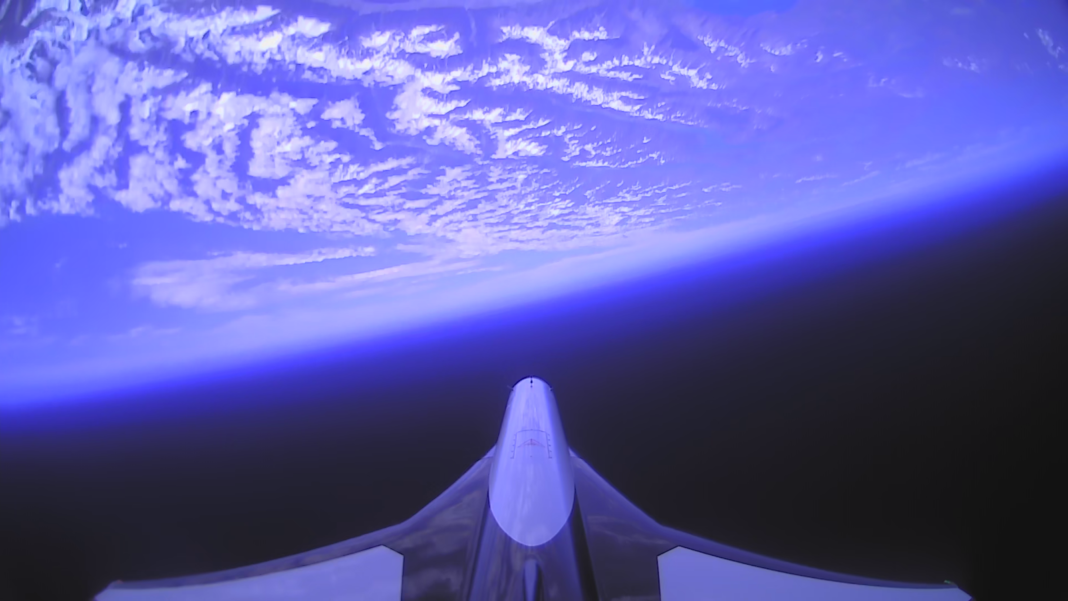A civil plane has gone supersonic for the first time since Concorde, after a successful test flight in New Zealand.
Dawn Aerospace’s rocket-powered plane will eventually be used to launch satellites into orbit and give daily access to space, according to the company.
“This achievement signifies a major step toward operational hypersonic travel and daily space access, establishing rocket-powered aircraft as a new class of ultra-high-performance vehicles,” said the company in a statement.
Although the successful flight was announced on Tuesday, the test took place on 12 November near Mt Cook in New Zealand’s South Island.

Mk-II Aurora. Pic: Dawn Aerospace
The plane, called Mk-11 Aurora, surpassed the speed of sound, reaching Mach 1.1 and 82,500 feet, according to Dawn Aerospace.
Mach is a unit of velocity relative to the speed of sound, so Mach 1.1 is 10% faster than the speed of sound.
“This achievement highlights the immense potential of rocket-powered aircraft to achieve performance never seen before,” said Stefan Powell, chief executive of Dawn Aerospace.
Aurora is designed to fly to the edge of space twice a day once it is in operation and will reach speeds of Mach 3.5 during ascent and re-entry, according to the company.
Are the glory days of Concorde coming again?
After the supersonic passenger plane Concorde landed for the final time in 2003, it appeared the days of superfast travel were over.
Read more from Sky News:
Using the internet may help older people’s mental health
King Richard III given Yorkshire accent
The plane was loud, causing a sonic boom whenever it passed the sound barrier, and expensive to run.
However, multiple companies are working again to get passengers across the Atlantic in just a few hours.
NASA and Lockheed Martin, for example, have developed the world’s first “quiet supersonic aircraft” that creates a “sonic thump” instead of a boom.

Keep up with all the latest news from the UK and around the world by following Sky News
After testing it over airbases next year, the crew behind the Quesst mission will fly the X-59 over American towns and cities to see if the communities respond – or notice – the sonic thumps.
If it all goes according to plan, they will submit all of their findings to the regulators in 2030 so a new age of quieter supersonic travel can begin.







